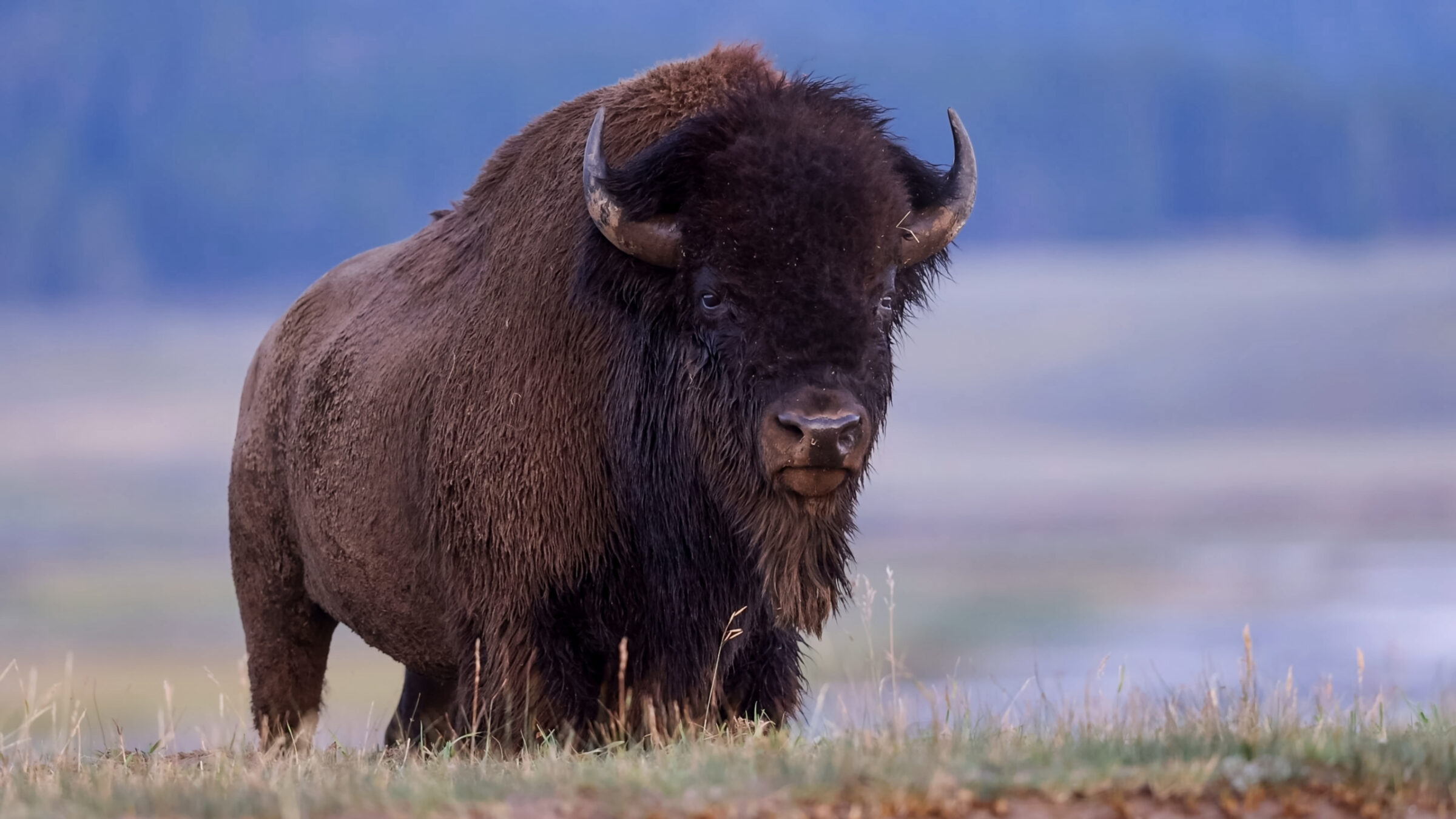
Yellowstone National Park, celebrated for its natural beauty and wildlife, also presents inherent dangers, particularly within its numerous geothermal areas. Despite clear warnings and designated paths, visitors have faced severe injuries and fatalities from scalding hot springs and encounters with wildlife.
Recent incidents underscore these risks. In September 2024, a 60-year-old woman from New Hampshire suffered second- and third-degree burns to her lower leg after stepping off-trail near Old Faithful and breaking through the thin crust covering scalding water. This incident, the first known thermal injury of 2024, occurred near the Mallard Lake Trailhead while she walked with her husband and dog.
Another thermal incident came to light in November 2022, when Yellowstone National Park identified a human foot found in Abyss Pool in August 2022 as belonging to Il Hun Ro, a 70-year-old man from Los Angeles. An investigation determined that an unwitnessed incident involving one individual occurred on the morning of July 31, 2022, at Abyss Pool. While park officials concluded no foul play occurred, the circumstances surrounding Ro’s death remain unknown due to a lack of evidence.

These thermal features, including hot springs, geysers, mud pots, and steam vents, represent the world’s greatest concentration and are a primary draw for visitors. However, they are also responsible for more fatalities and injuries at Yellowstone than wildlife. According to the U.S. Geological Survey, at least 22 people have been killed and hundreds injured by hot springs since 1872, more than double the combined deaths from bears and bison.
Tragic past events illustrate the extreme hazards. A notable case involved Colin Scott, a 23-year-old man from Oregon, who died after falling into a boiling acidic hot spring in the Norris Geyser Basin while searching for a place to illegally swim, or “hot pot.” According to a National Park Service report, Scott and his sister were hiking through a restricted section off the boardwalk on June 7 when the incident occurred.
Scott slipped and fell into the spring as his sister filmed their adventure. Deputy chief ranger Lorant Veress explained they were intentionally walking off the boardwalk. Sable Scott captured the fall and her frantic efforts to help on video but had to seek help due to lack of cell service.
When park officials arrived, portions of Scott’s head, upper torso, and hands were visible in the hot spring. Rescuers determined he had died from thermal burns. US Park Ranger Phil Strehle noted lack of movement and visible burn marks indicated his death. Retrieval was impossible immediately due to hazardous conditions, including the volatile thermal area and an approaching lightning storm.

Officials returned the following morning, but Scott’s body had disappeared, likely dissolved by the boiling, acidic water. Temperatures at the Norris Geyser Basin can reach up to 199°F (93°C), and the incident temperature was 212°F (100°C), well above boiling. A wallet and flip-flops belonging to Scott were recovered, but his remains were not.
While thermal pools pose a significant, often fatal risk when visitors ignore warnings, wildlife encounters also result in injuries and deaths. Bison, in particular, injure more people in Yellowstone than any other animal. They are unpredictable and can run three times faster than humans.
In one recent incident reported in November 2022, a 47-year-old man from Cape Coral, Florida, was gored by a bison near the Lake Village area after getting too close. Park officials stated medics treated him for minor injuries. This followed two incidents in 2024 and one in 2023 involving bison-related injuries.
One incident in 2024 involved an 83-year-old woman who was gored, suffering serious injuries after being lifted about a foot off the ground by the animal’s horns. Separately, a woman gained widespread attention in 2024 for taking a dangerously close selfie next to a bison.

Approaching bison, according to the National Park Service, is a direct threat to the animal and can provoke responses such as bluff charging, head bobbing, pawing, bellowing, or snorting. The NPS advises that the best way to observe wildlife is from a distance, using binoculars or a zoom lens.
Minimum distance requirements are in place for visitor safety: 25 yards from most wildlife and 100 yards from predators like bears and wolves. Ignoring these distances increases the risk of dangerous encounters.
Beyond bison, other animals like bears and elk have also caused fatalities. Bears have killed at least eight park visitors, and more than 100 people have died in the park’s lakes and rivers, according to park data. A Montana hiker died in March 2022 after a grizzly bear attack just north of Yellowstone.
Bear safety tips from park officials emphasize hiking in groups. Since 1970, 91% of individuals injured by bears in Yellowstone were hiking alone or with one other person, while only 9% were in groups of three or more. Visitors are also advised to carry bear spray and use bear-resistant trash cans.

Yellowstone National Park, the first national park in the world, was established in 1872 and spans areas of Wyoming, Montana, and Idaho. It is renowned for wildlife and geothermal features like Old Faithful. While offering breathtaking landscapes and diverse ecosystems, it is critical for visitors to understand and respect the inherent dangers.
Park officials continually urge visitors to follow safety guidelines, especially in geothermal areas where the ground is fragile and thin. Warning signs are posted throughout the park to deter visitors from venturing into dangerous locations. The park service highlights the “Yellowstone Pledge,” which includes rules like “Follow the beaten path” and staying on boardwalks in thermal areas, stating, “People have been severely burned and killed after leaving the boardwalk or reaching into hot water.”
These rules also cover toxic gases in thermal areas, advising visitors to leave immediately if they feel sick. For pets, prohibition on boardwalks, trails, backcountry, and thermal areas protects them from predators and thermal burns, and protects wildlife from diseases.
Despite the acknowledged dangers and past tragedies, the park continues to attract millions. Adherence to established safety protocols, understanding the unpredictable nature of thermal areas and wildlife, and respecting the power of this unique environment are paramount for a safe visit to Yellowstone.
Related posts:
Florida man gored by bison at Yellowstone National Park
pot’ at the Yellowstone National Park, dissolves in acidic spring, and dies
Hiker who left trail near Yellowstone’s Old Faithful burned by scalding water




